1921 (Taisho 10) Saturday, October 29 1921: Duke Tokugawa Yoshihisa’s second daughter Kisako was born.
Kisako was born and spent his childhood at the main residence of Tokugawa in Kohinata Dai Rokuten-machi, where Yoshinobu TOKUGAWA, who lived in his later years, finally moved to the residence and died of acute pneumonia at the age of 76 on November 22, 1913, 8 years before Kisako was born. This residence is currently home to the International Graduate School of Buddhist Studies, which also shows the place where Yoshinobu Tokugawa died.
In 1996, Kisako Tokugawa published a book titled “Tokugawa Yoshinobu Family’s Children’s Room” by Soshisha, which describes her life in the former residence of Yoshinobu Tokugawa. It is a large mansion with a land area of 3000 tsubo and a building area of 1000 tsubo. The residence adjacent to the west side was called “Aizu-sama” at the former Katamori MATSUDAIRA residence, and it seems that there were frequent exchanges between the two houses even in the Showa period. Katamori MATSUDAIRA died at the residence on December 5, 1893 (Meiji 26). The fact that Yoshinobu Tokugawa and Katamori Matsudaira lived side by side in their residences after the Meiji period is an episode that makes you feel the bond between them.
After serving as Joshi Gakushuin, Kisako married Masaharu SAKAKIBARA, a viscount and the 16th head of the Sakakibara family, a fudai daimyo (a daimyo in hereditary vassal to the Tokugawa family) of the former Echigo Takada Domain. Since her husband Masaharu Sakakibara was born on March 15, 1911 (Meiji 44), she is 10 years older than Kisako. Masaharu SAKAKIBARA graduated from the Faculty of Law, Tokyo Imperial University, and entered Taiwan Takushoku. During the war, he was assigned to the army and went to the southern front as a lieutenant, and after returning 18 to Japan in 1943, he worked at the Ministry of War and the Department of Greater East Asia.
However, when the kazoku system was abolished at the end of the war, Masaharu SAKAKIBARA and Kisako became ordinary citizens and were obliged to pay property tax, but of course they could not pay the tax and paid their property as well as their residence, and they lived in poverty from day to day. They sold their family treasures and assets for the meal of the day, and they were in a situation where they kept their lives. Kisako also wrote about the latter half of her life in the book “Tonosama to Watashi” from Soshisha in 2001 (Heisei 13). 2013 (Heisei 25): Died November 26 at the age of 93.
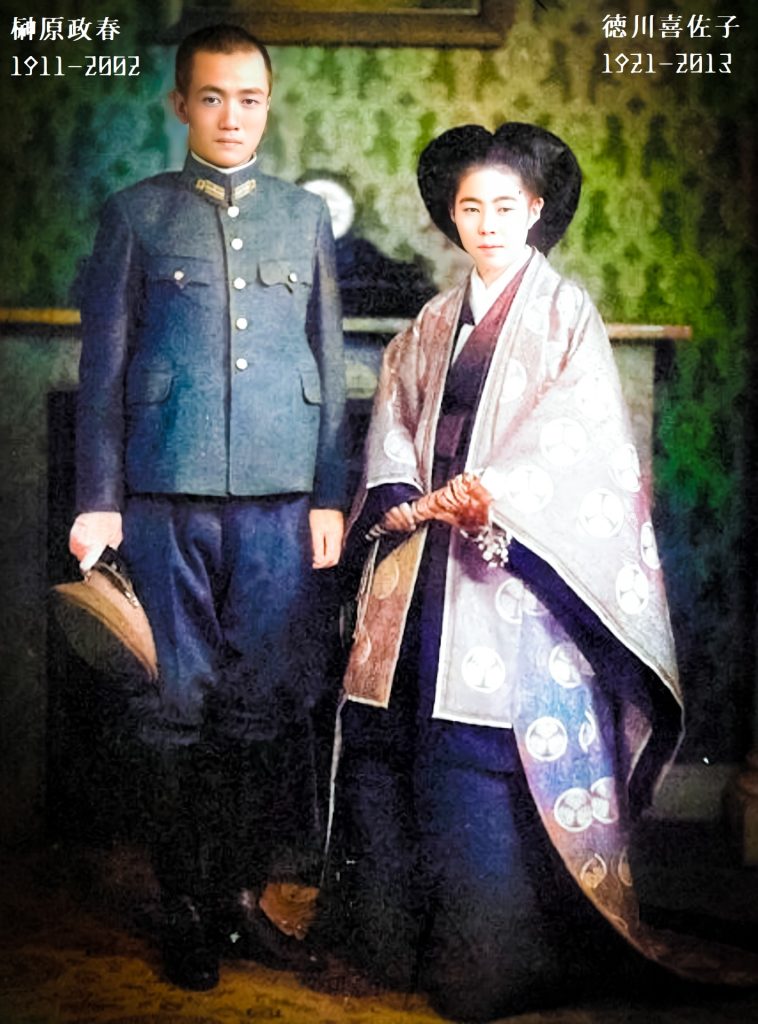
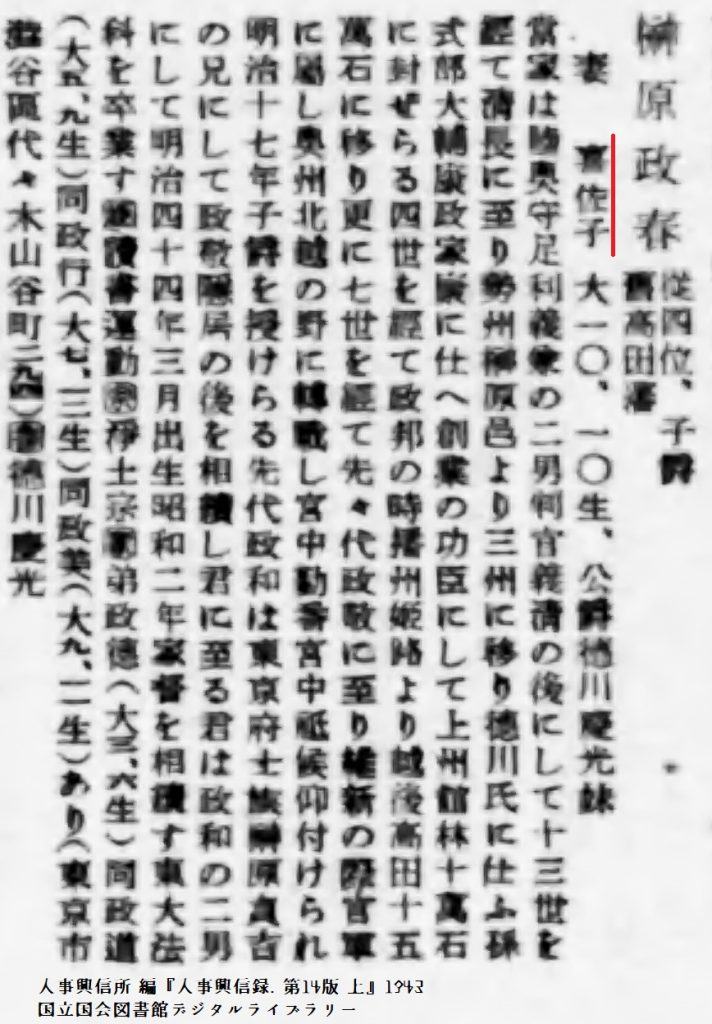
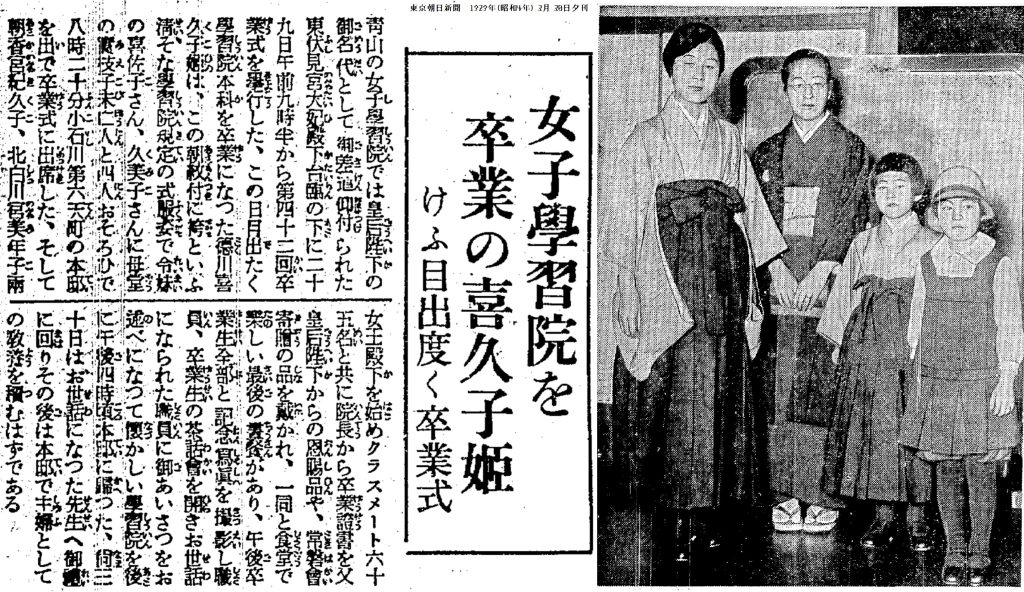
Kisako’s father Tokugawa Yoshihisa is the seventh son of Yoshinobu Tokugawa. His mother was Shinmura Nobu, a concubine who accompanied Yoshinobu to the end. Yoshihisa’s father, Yoshinobu, was also called Keiki-san in on-yomi, but Yoshihisa was also called Keikyu-san in on-yomi. According to Hosokawa Moritatsu, a close friend of Yoshihisa, “He inherited all the good points of the late Yoshinobu with his brilliance and spirit.” There was also a voice of a future prime minister candidate. However, on January 22, 1922 (Taisho 11), the day after Kisako was born, she suddenly died at her main residence in Kohinata, Bunkyo Ward due to a large dose of the sleeping drug carmotin. He was only 37 years old.
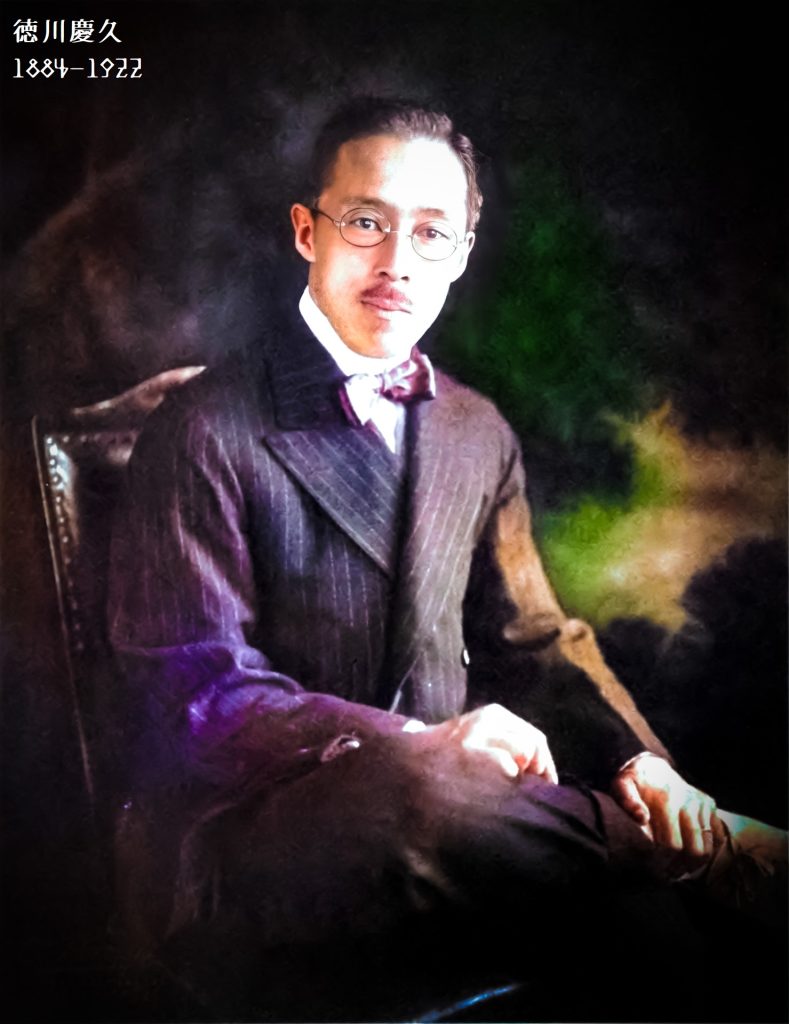
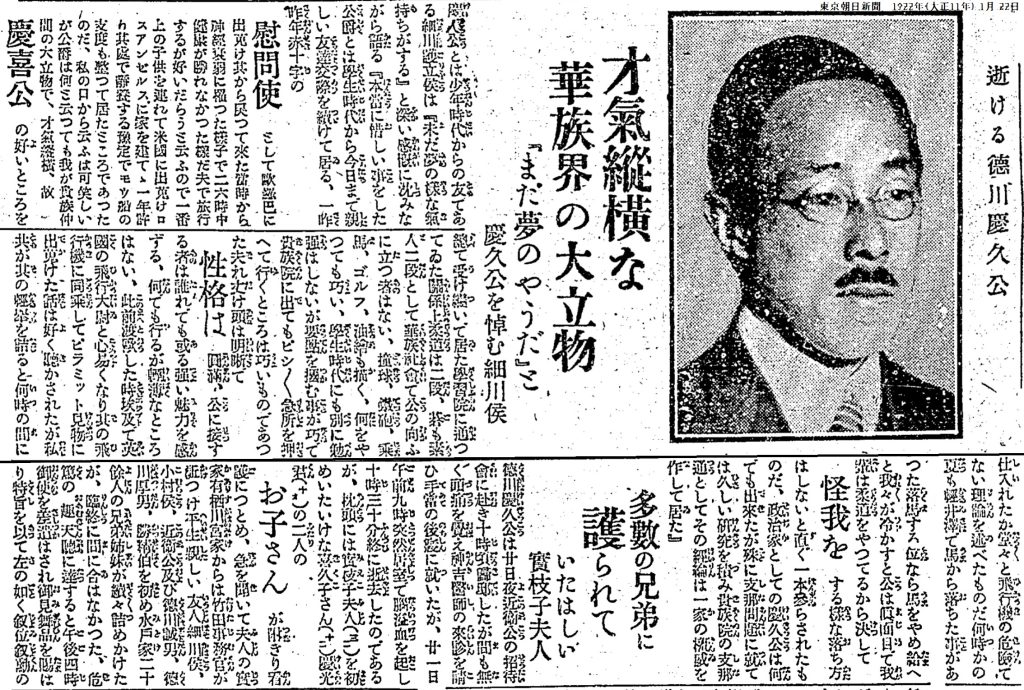
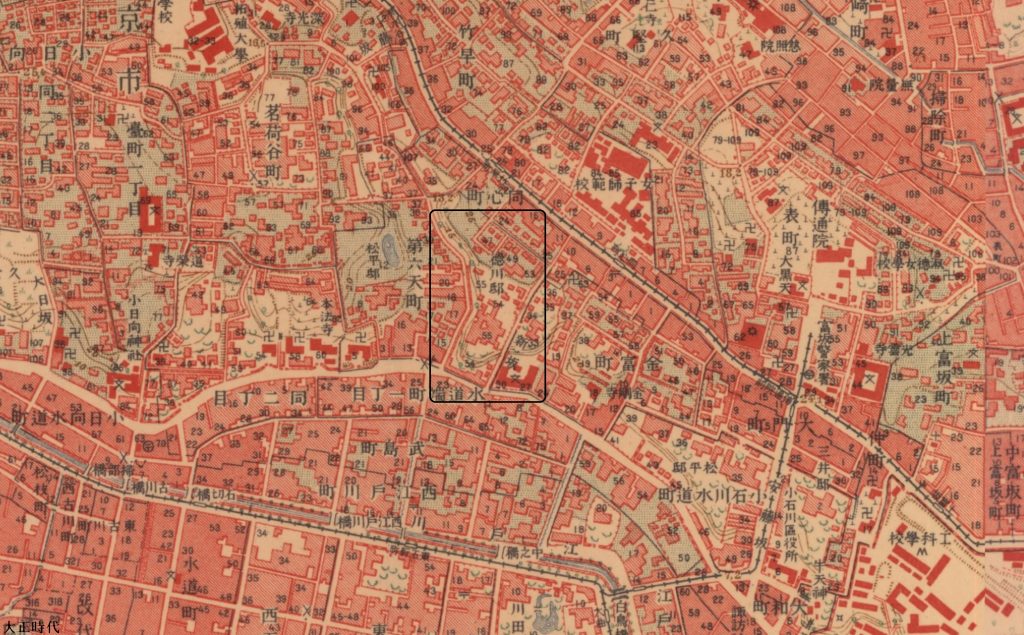
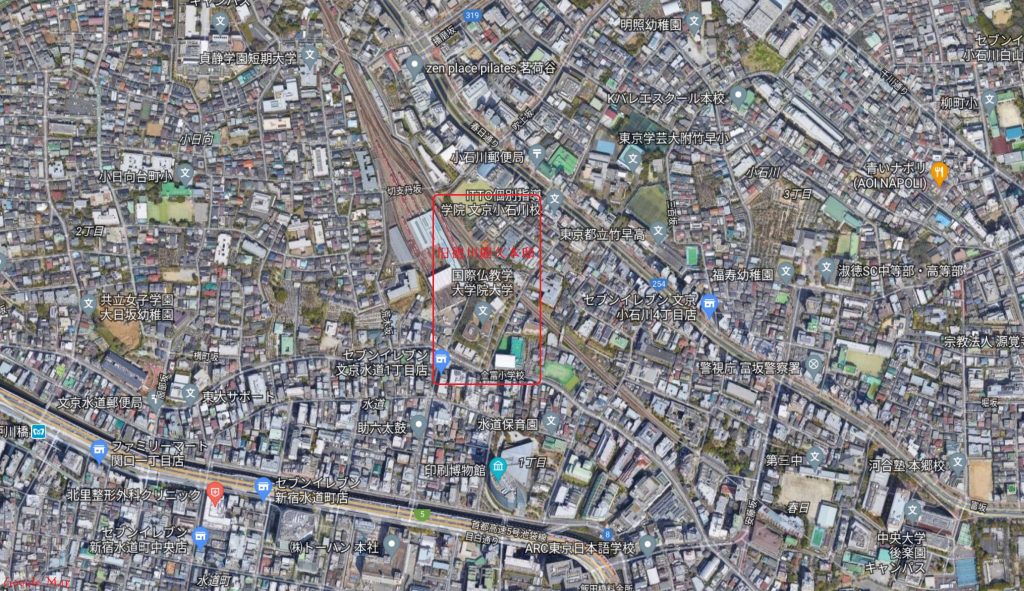
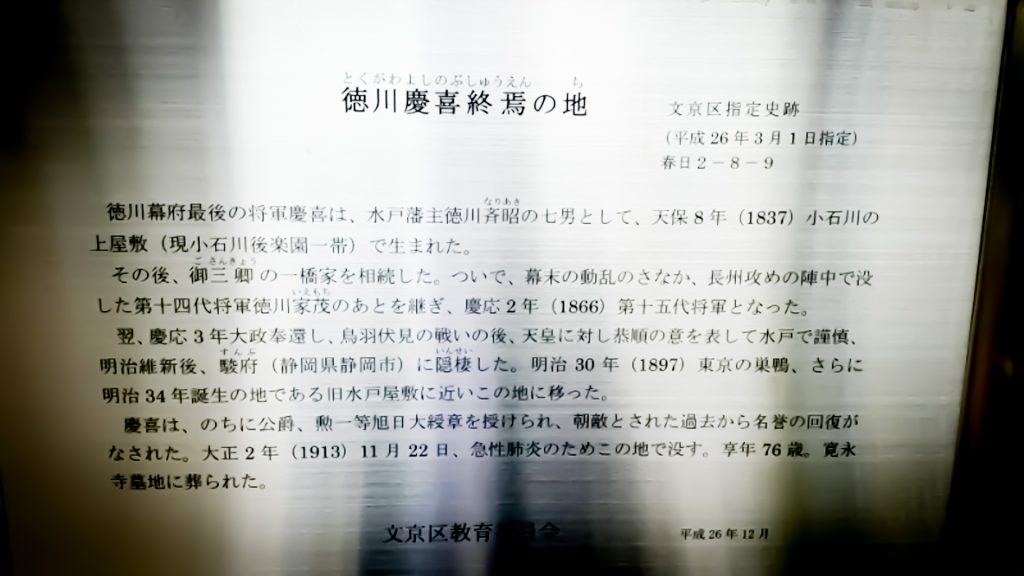
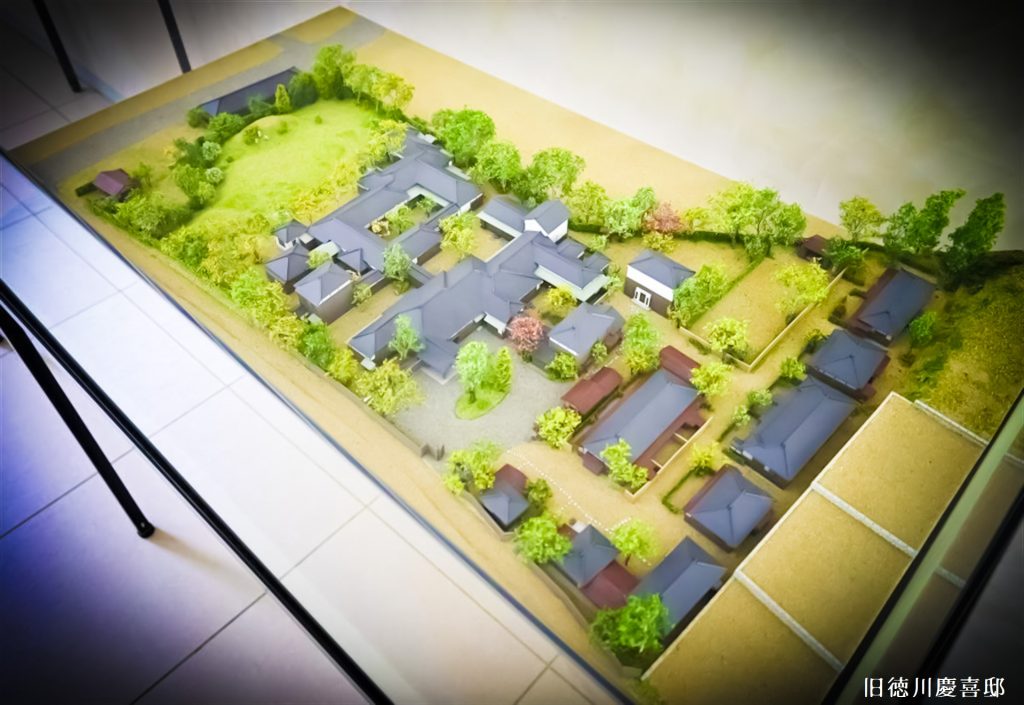

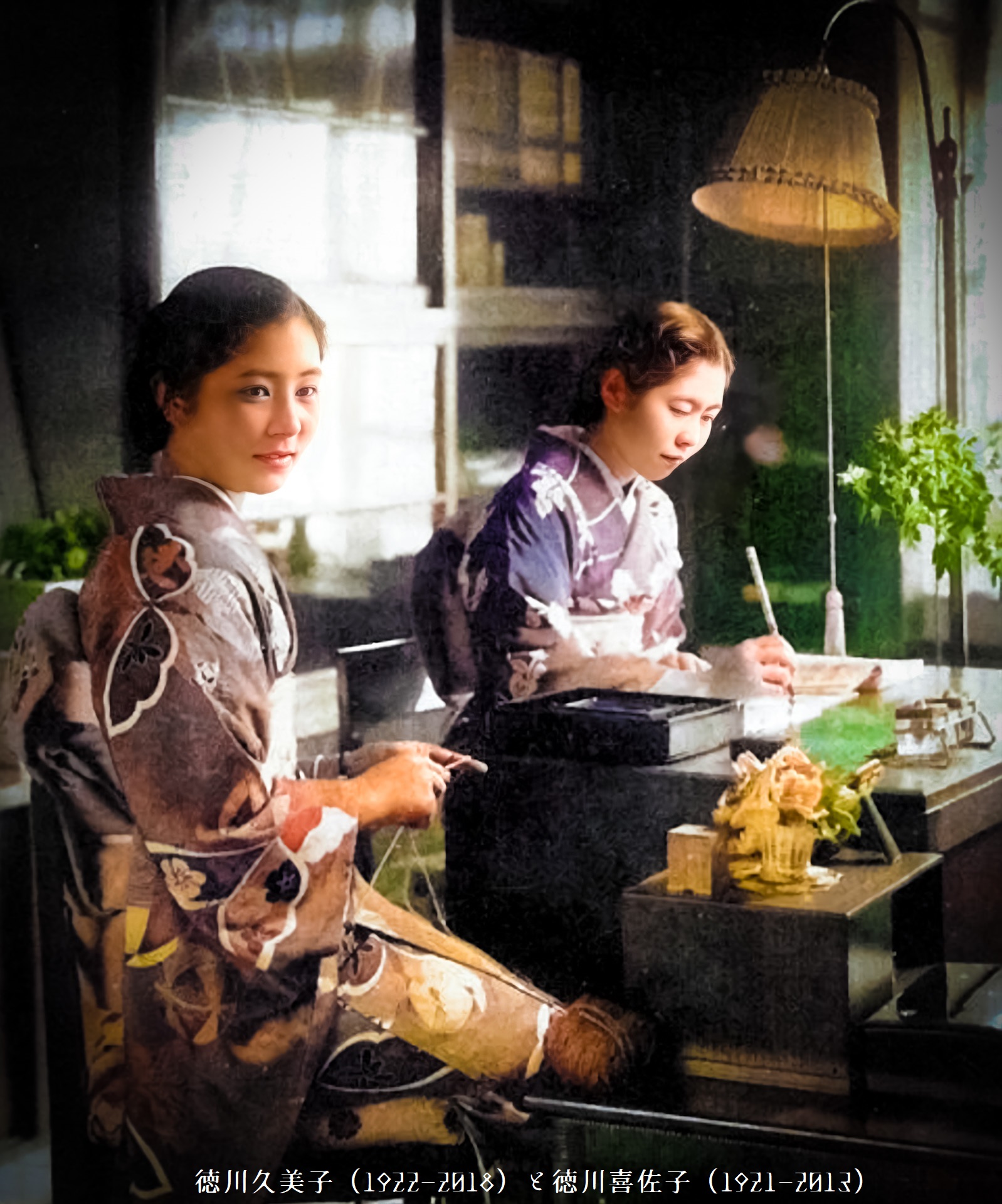
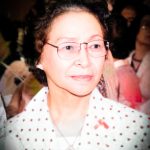
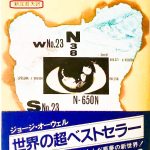
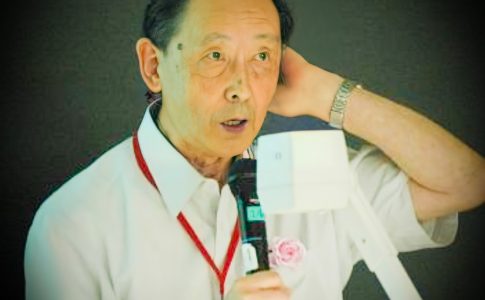
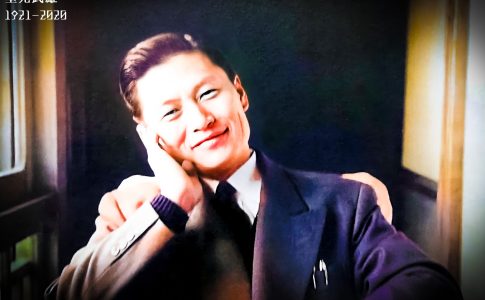
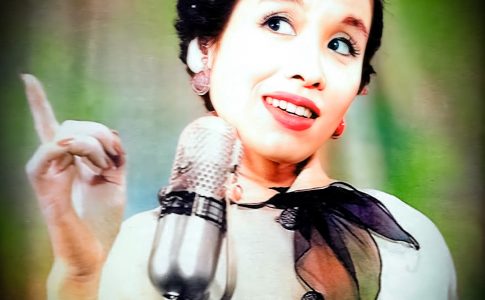
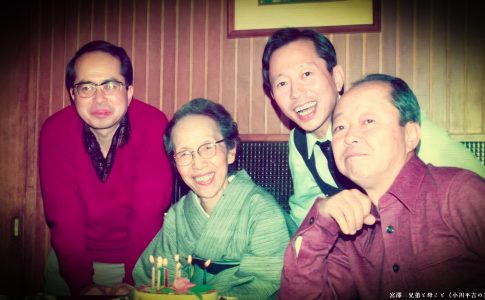
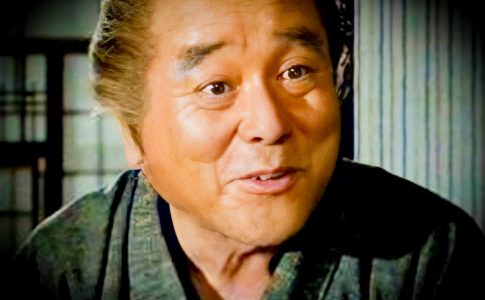
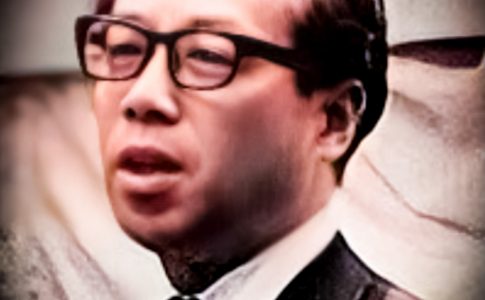
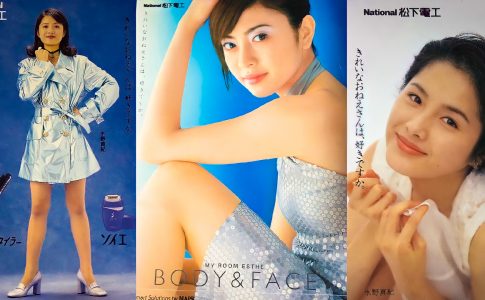
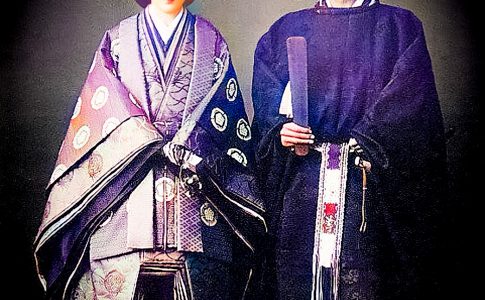
Leave a Reply